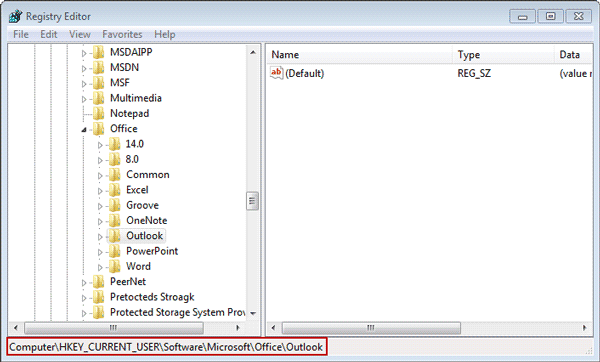

There are two settings available, and both can be applied using Group Policy registry changes – PSTDisableGrow and DisablePST. Local PST files are difficult to back up, making them vulnerable to data loss.įortunately for the Exchange administrator, it is possible to restrict the ability to use PST files.Exchange Server provides tools to manage the content of mailboxes (such as Messaging Records Management) and to export or remove data from mailboxes (such as the Export-Mailbox cmdlet) but there are no such tools to manage the content of PST files. Managing content of PST files is difficult.It is difficult to accurately report on PST file use, making reporting on organisational mail storage and planning for future growth difficult.Anti-virus countermeasures cannot be implemented on PST files as easily as Exchange Server mailbox databases.Using PST files located on network shares can slow down Outlook and can cause corruption of the PST file. Microsoft does not support using PST files over a LAN or WAN network ( KB267019).

However, the use of PST files causes Exchange administrators some serious pain when it comes to managing e-mail.īriefly, these are some of the problems with PST files:
#How to change outlook default pst file location regedit archive
PST files have long been seen as a way to archive mail out of an Exchange mailbox, often to get the mailbox under a quota limit. Outlook Personal Folder Files (PST files) are a data store that can be used by all versions of Outlook to store e-mail data. Using Group Policy to Restrict the use of PST Files - Simple Talk Skip to content


 0 kommentar(er)
0 kommentar(er)
